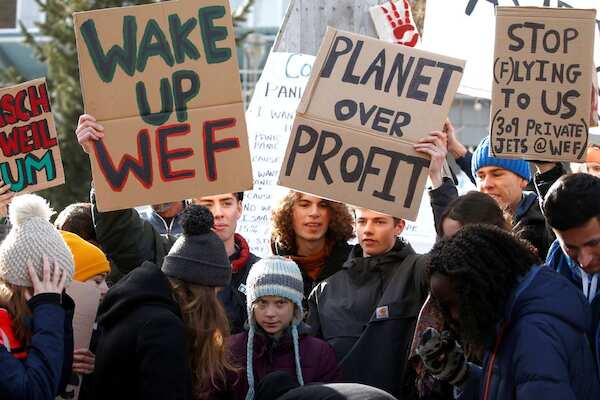The recent eruption of the La Cumbre volcano on Fernandina Island in the Galápagos Islands has captured global attention. Beginning in early March, this volcanic activity continues to affect the local environment and wildlife, particularly the land iguanas that inhabit the island. Fernandina Island, situated around 1,125 kilometers off the coast of Ecuador, is renowned for being the most volcanically active island in the Galápagos archipelago.
The La Cumbre volcano, which last erupted in 2020, became active again last month, emitting lava and ash into the atmosphere. Images captured by NASA's Earth Observatory depicted the lava streaming from a fissure near the volcano's summit, flowing down its tree-covered slopes. By early April, reports from the Galápagos Conservancy indicated that the lava had reached the ocean after traveling nearly 10 kilometers from its source.
This continuous lava flow has become a spectacle for observers on passing ships, witnessing plumes of white smoke rising as the molten rock meets the water. Although the uninhabited island poses no direct threat to people or infrastructure, the eruption has significantly impacted the local wildlife, particularly the land iguanas that inhabit Fernandina. These rare reptiles, known for their yellow coloration and large size, primarily feed on the fruit and leaves of the prickly pear cactus.
Unfortunately, the lava flow has damaged their habitat, including nesting grounds on the volcano's rim and deep within its crater. Efforts by the Galápagos National Park rangers and the Geophysical Institute have focused on closely monitoring the situation to assess the damage and ensure the safety of the island's unique ecosystem. Researchers observing the eruption have cautioned about potential harm to marine life as the lava flows into the ocean, disrupting the delicate balance of the underwater environment.
As of late April, the lava continues to flow unabated, according to data from the Smithsonian Institute's Global Volcanism Program. Dr. Jorge Carrión, Director of the Galápagos Conservancy, reiterated the organization's commitment to protecting the wildlife of the Galápagos Islands while acknowledging the natural processes involved in volcanic eruptions.
In summary, the ongoing eruption of the La Cumbre volcano on Fernandina Island serves as a reminder of the dynamic forces shaping the Galápagos Islands and their unique ecosystems. While the lava flow presents challenges to the local wildlife, efforts to monitor and comprehend these events are crucial for conserving this biodiverse region. As we continue to witness the impact of this natural phenomenon, it is essential to prioritize the protection of the fragile ecosystems of the Galápagos Islands for future generations to appreciate and enjoy.
.png)









 English (US)
English (US)